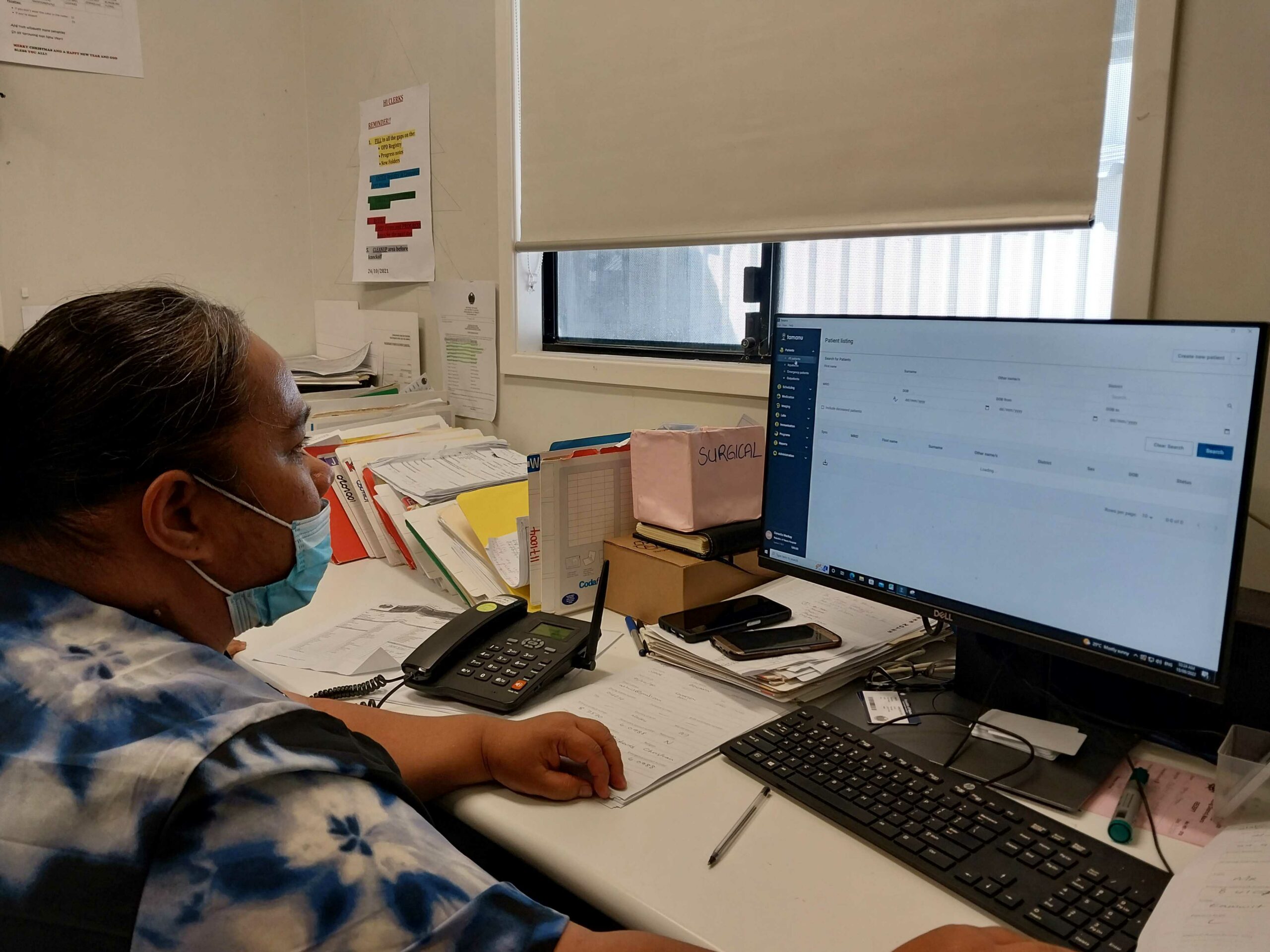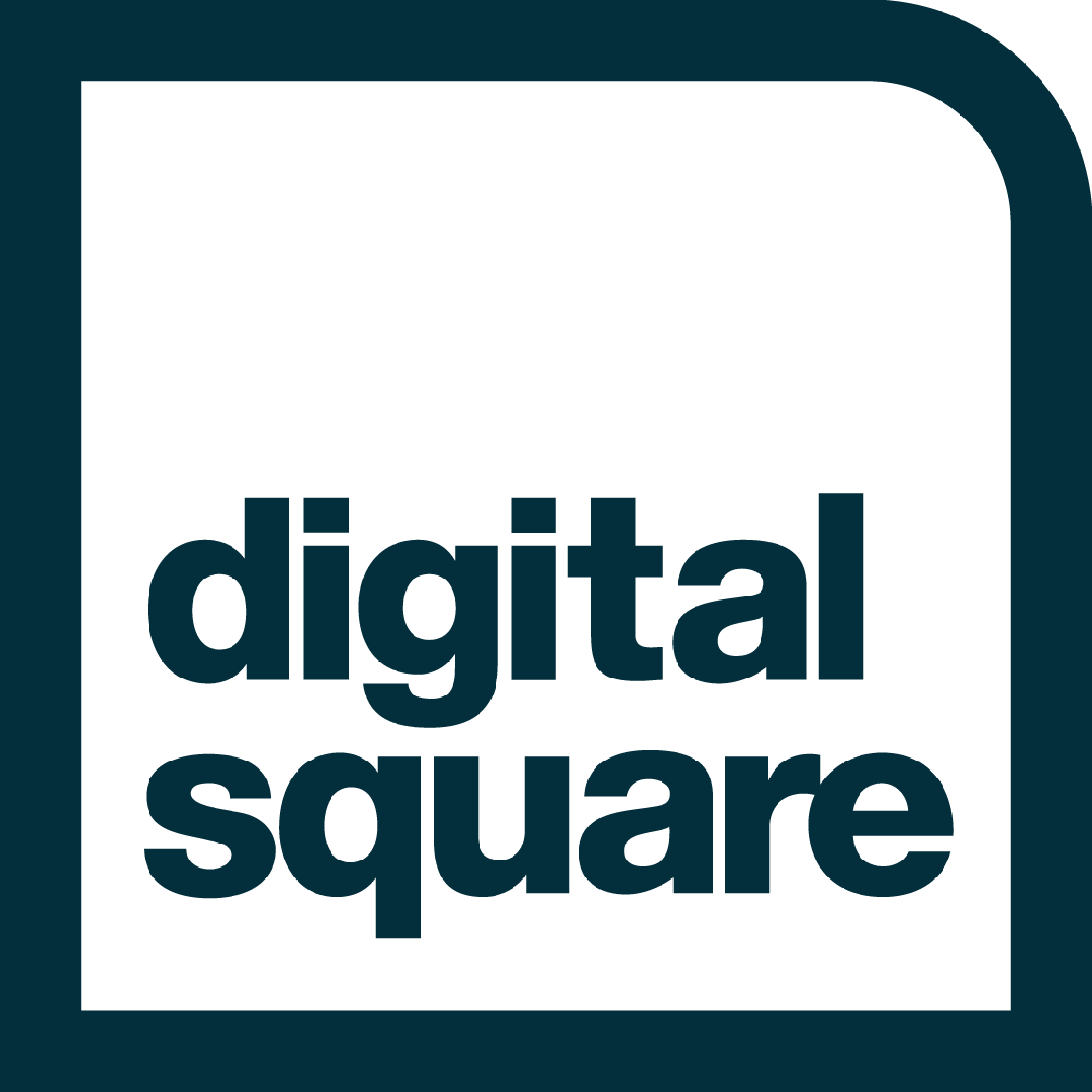Enhancing clinical workflows and data integrity.
We’re excited to announce the Spring 2025 super release of Tamanu, our Electronic Medical Record. Officially launching August 14th, this release represents our most significant leap forward in clinical efficiency, data integrity, and user experience since the release of Tamanu 2.0. Built on extensive feedback from our healthcare partners, these six major enhancements address real-world challenges that clinicians and administrators face daily in our partner countries while maintaining the robust, reliable foundation that Tamanu users have come to trust.
Our latest super release – the first in 18 months – contains six major new features (as well as dozens of minor features and optimisations):
Enhanced medication module
Patient charting
Intelligent duplicate patient detection
Floating encounter notes
Enhanced auditability
Enhanced program registries
1. Enhanced Medication Module: Comprehensive medication management
Medication management is a cornerstone of patient safety and clinical care, and our enhanced medication module delivers significant improvements to how healthcare teams track, administer, and monitor patient medications.
Medication Administration Record (MAR)
The introduction of the Medication Administration Record represents a major advancement in medication safety and documentation. This feature provides a centralized system for tracking when medications are administered, by whom, and under what circumstances. Healthcare providers can now maintain accurate, real-time records of medication administration, reducing the risk of medication errors and improving compliance with safety protocols.
The MAR system supports complex medication regimens, including scheduled medications, PRN (as-needed) administrations, and one-time doses. This comprehensive approach ensures that all members of the healthcare team have immediate access to current medication status, supporting seamless care transitions and reducing the potential for adverse drug events.
Patient-level ongoing medication tracking
Beyond individual administrations, the enhanced module now provides robust tracking of ongoing medications at the patient level. This longitudinal view allows clinicians to monitor medication histories, and make informed decisions about new prescriptions or medication changes. Ongoing medications can be brought into each encounter with a single click, saving huge amounts of time, and reducing transcription errors.
The system maintains a complete record of current and historical medications, including dosage changes, discontinuations, and the clinical reasoning behind medication decisions – it also supports pharmacy notes, allowing the pharmacy team to undertake medication reviews from their desks.
This comprehensive medication profile supports continuity of care and enables more informed clinical decision-making across all patient encounters.
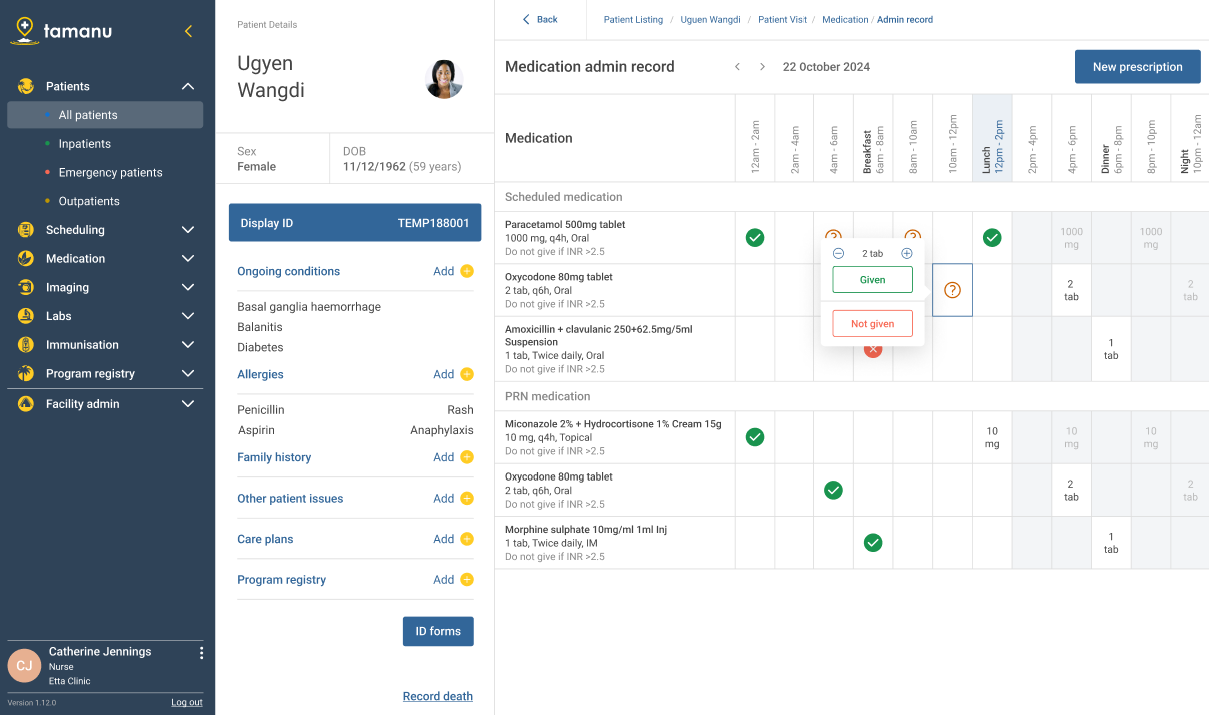
2. Patient Charting: Longitudinal data capture within and between encounters
Longitudinal clinical care often requires tracking multiple, complex data points over time, and our new Patient Charting feature transforms how clinicians document, monitor, and use this critical patient information.
Comprehensive charting capabilities
The Patient Charting module enables better tracking of longitudinal data both within individual encounters and across multiple patient visits. This capability is particularly valuable for managing complex conditions that require ongoing monitoring and trending of clinical parameters.
Clinicians can now easily chart critical areas including fluid management, pain assessment and management, wound care progression, maternal health monitoring, and partograph documentation. Each of these specialized charting areas is designed to support the specific workflows and documentation requirements that clinicians encounter in their daily practice – and deployments are able to configure their own charts using easy reference data imports – no coding is required.
Strengthening clinical decision support
By providing clear visualization of trends and patterns in patient data, the charting system supports more informed clinical decisions. Healthcare providers can quickly identify concerning trends, evaluate the effectiveness of interventions, and adjust care plans based on comprehensive longitudinal data. It also allows clinicians to more easily track metrics across multiple encounters.
This last feature – the system’s ability to track data across encounters – is particularly valuable for chronic disease management (e.g. diabetes or hypertension), post-operative care, and other situations where long-term monitoring is essential for optimal patient outcomes.
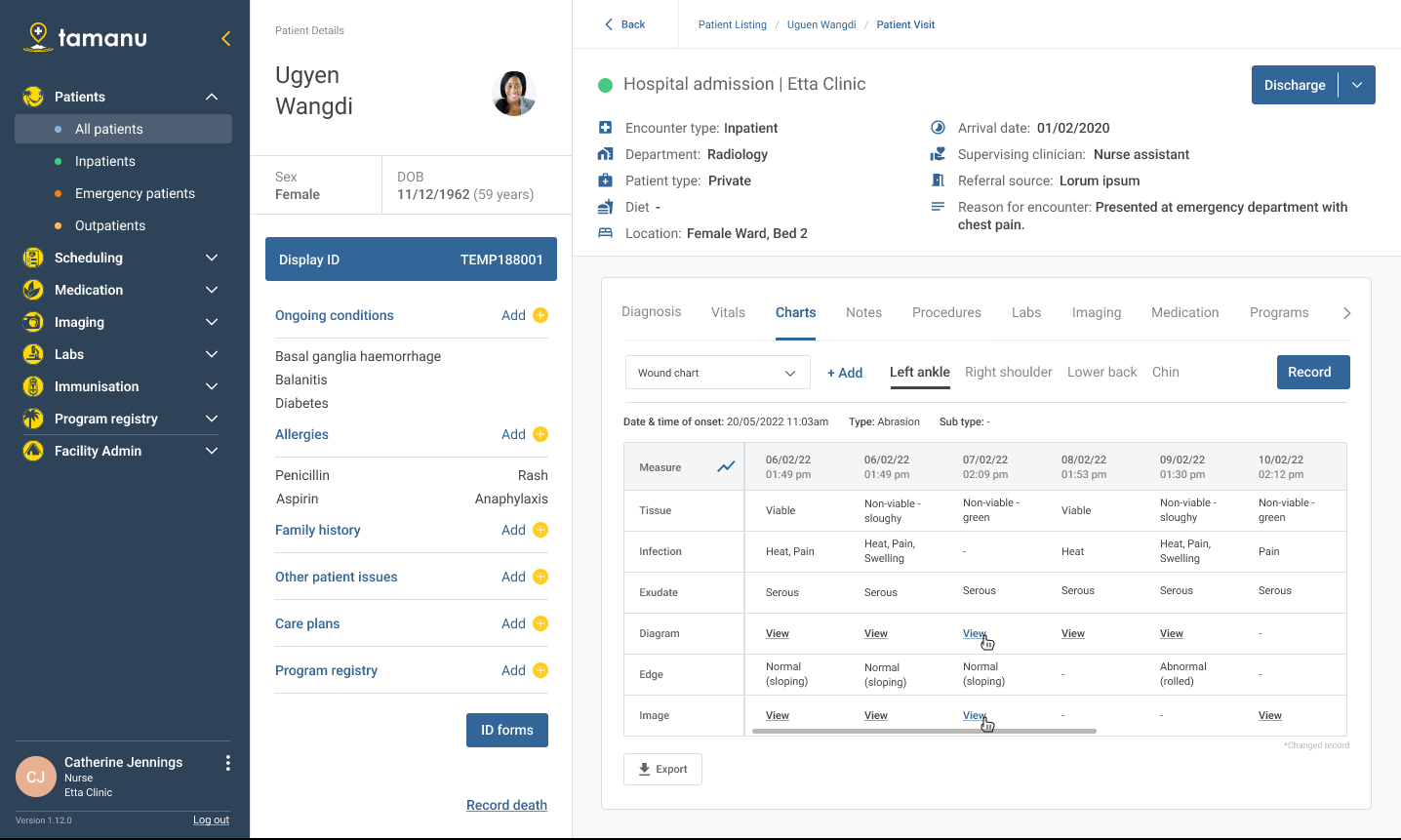
3. Intelligent duplicate patient detection
Patient misidentification remains a persistent challenge in healthcare, potentially leading to fragmented medical records, medication errors, and compromised patient safety. Our new duplicate patient alert system addresses this challenge with sophisticated detection capabilities.
Advanced fuzzy matching technology
When creating new patient records, Tamanu now automatically checks for existing patients using PostgreSQL’s fuzzy string matching capabilities – and the system can check in real-time, alerting admin users before the record is created. This technology goes beyond simple exact matches to identify potential duplicates even when there are common data entry variations.
The system is designed to catch duplicates despite spelling errors (Jon vs John), phonetic variations (Smith vs Smyth), minor typing mistakes, and even common date formatting errors like swapped days and months in birth dates. This comprehensive approach significantly reduces the risk of creating duplicate records while maintaining system performance.
Flexible and Updatable Detection Logic
The duplicate detection system is built using a PostgreSQL function that can be updated as organizational needs evolve. The function applies a principle called ‘Levenshtein distance’ to determine the likelihood that a newly created record is a duplicate of an existing record.
Intelligently and flexibly, countries can tweak the existing algorithm to suit their needs or use entirely new functions in the future. This flexibility ensures that the system can be fine-tuned based on the specific patient populations and naming conventions relevant to each healthcare organization – and also that the system can evolve as more modern tooling emerges.
While the system is highly effective, we’ve been transparent about current limitations, such as when there are significant phonetic differences in last names and substantial variations in name length. This transparency allows users to understand the system’s capabilities and implement appropriate additional verification procedures where needed. Users retain the ability to produce near-duplicate patients and can be simply prompted to choose the patient record they would like to work with.
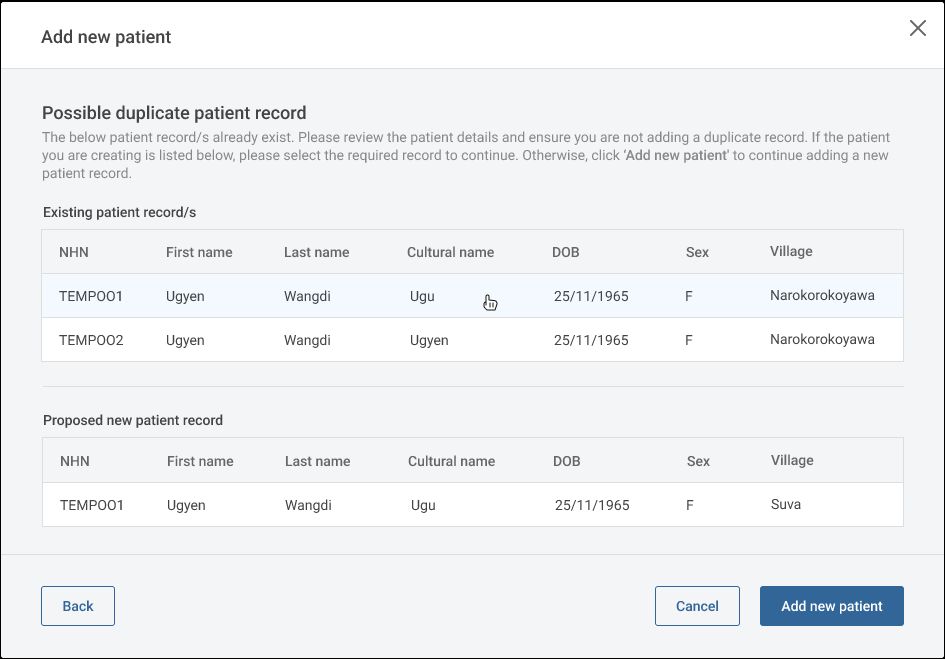
4. Floating encounter notes: A game-changer for clinical documentation
Clinical documentation has always required a delicate balance between thorough record-keeping and efficient patient care. Our new floating encounter notes feature addresses a longstanding user request and represents a significant improvement in clinical workflow design.
“Can we enter patient notes whilst we navigate throughout the rest of patient’s record?” – yes, now you can.
Seamless chart navigation while documenting
The enhanced notes modal now allows users to navigate a patient’s chart while simultaneously recording encounter notes. This seemingly simple improvement addresses a major frustration point for clinicians who previously had to choose between completing their documentation and reviewing relevant patient information.
Clinicians can now reference previous visits, review medication lists, check lab results, and examine imaging reports without interrupting their documentation process. This capability is particularly valuable during complex patient encounters where multiple systems and historical data points need to be considered.
Improved clinical decision-making
By enabling simultaneous chart review and documentation, this feature supports more comprehensive and accurate clinical notes. Clinicians can incorporate relevant historical information, identify patterns across visits, and make more informed decisions about patient care—all while maintaining their documentation workflow.
The reduction in navigation burden translates to decreased frustration and improved job satisfaction for healthcare providers, while also supporting more thorough and accurate patient records.
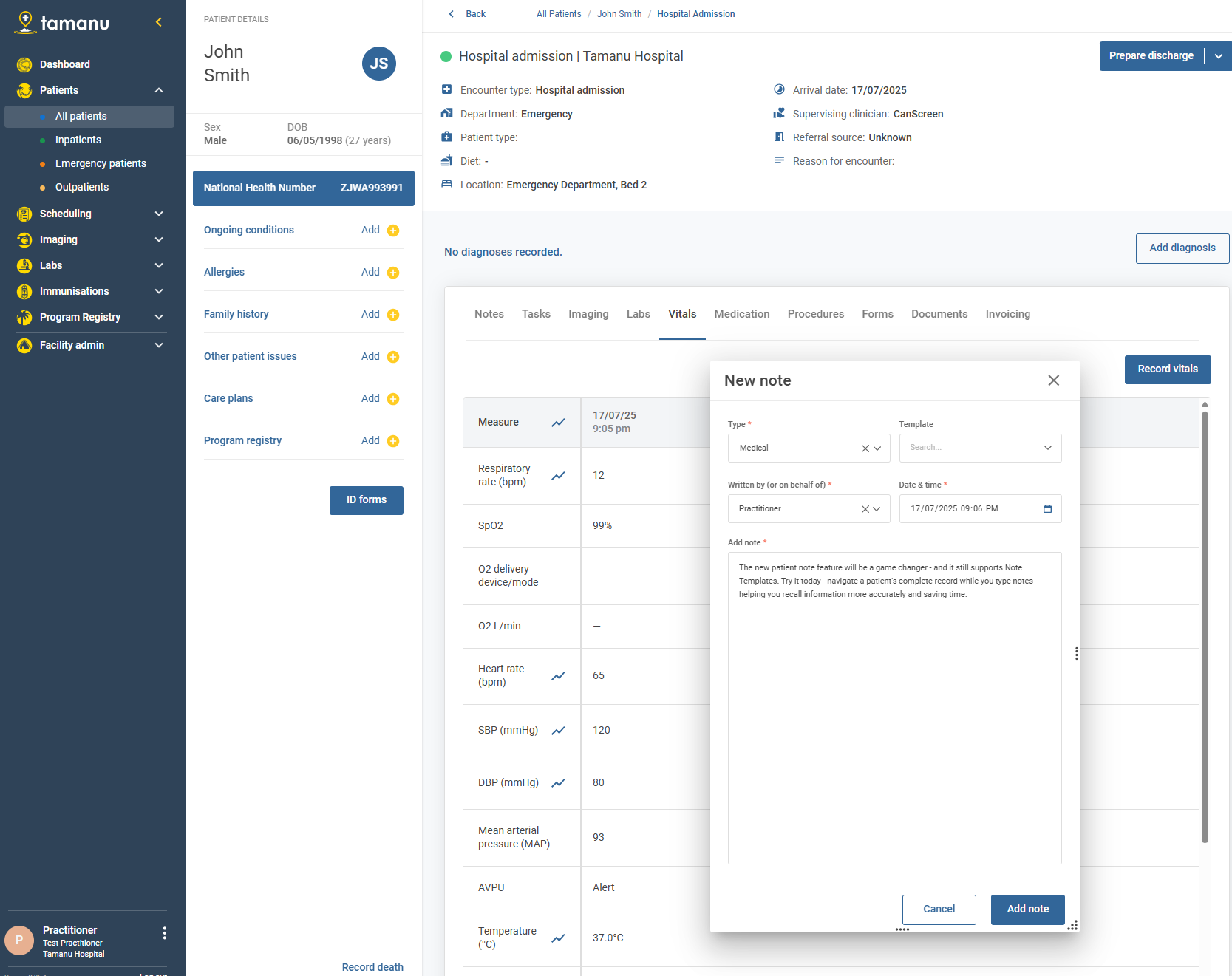
5. Enhanced auditability: meeting international standards
Recognizing the critical importance of audit trails in healthcare systems, we’ve significantly enhanced Tamanu’s auditability features. These improvements align with ISO27789: Health informatics – Audit trails for electronic health records, ensuring that our audit capabilities meet international standards for healthcare information systems.
Comprehensive audit trail architecture
Our enhanced audit system tracks two distinct types of activities, providing comprehensive visibility into all system interactions:
Access Tracking monitors when logged-in users view patient personal and clinical data. The system intelligently differentiates between different types of access patterns. For instance, when a user searches for a patient by name, this generates a “query access” log entry for the list of results returned. When they subsequently open a specific patient record to view complete information, this creates a “single access” log entry. This granular approach ensures that audit trails capture the full context of how patient information is accessed and used.
Change Tracking captures all modifications made to data within Tamanu, including creates, updates, and deletes. This encompasses both user-initiated changes made as part of clinical workflows and system-generated actions such as automatic patient discharges. The comprehensive nature of this tracking ensures that every data modification has a clear audit trail, supporting accountability and compliance requirements.
Of course, we retain all of our existing front-end edit logs, including for notes, vitals, lab results and more. The enhanced auditability functions are a step up from these tools though to allow fare more comprehensive audit trails.
Supporting healthcare governance
These audit enhancements provide healthcare organizations with the detailed information needed to address various circumstances, from routine quality assurance to regulatory compliance and security investigations. The alignment with ISO27789 standards ensures that Tamanu’s audit capabilities meet the rigorous requirements expected in healthcare environments.
The enhanced audit trails support healthcare organizations in demonstrating compliance with privacy regulations, tracking user activities for security purposes, and maintaining the data integrity that is essential for quality patient care.
6. Revolutionizing program registry management
The final pillar of this release is our comprehensive enhancement to the Patient Program Registry Module. Healthcare organizations managing cohorts for disease surveillance, chronic condition tracking, and population health programs will find these improvements transformative for their daily operations.
Advanced condition category tracking
One of the most significant improvements is the introduction of condition category tracking with configurable statuses. Clinicians can now track the natural progression of conditions through customizable stages such as “suspected,” “under investigation,” and “confirmed.” This granular approach reflects the reality of clinical practice, where diagnoses often evolve as more information becomes available.
The system maintains a complete audit trail of these status changes, providing healthcare teams with unprecedented visibility into how conditions develop over time. This transparency is crucial for quality assurance, clinical decision-making, and regulatory compliance. Users can see exactly when a condition status changed, who made the change, and what information was available at each stage of the diagnostic process.
Streamlined registry management workflows
We’ve consolidated registry management into a unified interface that allows clinicians to update both registry status and multiple related conditions simultaneously. This workflow optimization eliminates the need to navigate between different screens and reduces the time required to maintain accurate patient records. For busy healthcare environments, this efficiency gain translates to more time available for direct patient care.
Enhanced data model architecture
Behind the scenes, we’ve restructured the program registry data model to support improved auditing and condition tracking. A critical improvement is that conditions are now directly linked to specific registrations rather than patients. This architectural change prevents conditions from automatically carrying over between registry enrolments and allows the same condition to be recorded multiple times when clinically appropriate (for example, across multiple diagnoses of dengue or malaria).
This enhancement ensures data integrity while providing accurate historical tracking. Healthcare organizations can now maintain precise records of when patients were enrolled in specific programs, what conditions were relevant during each enrolment period, and how those conditions evolved over time.
The updated patient-level dashboard now displays condition categories clearly, giving clinicians immediate insight into a patient’s current status across all relevant programs. The improved registry activation process preserves condition history, ensuring that valuable clinical information is never lost during transitions between programs.
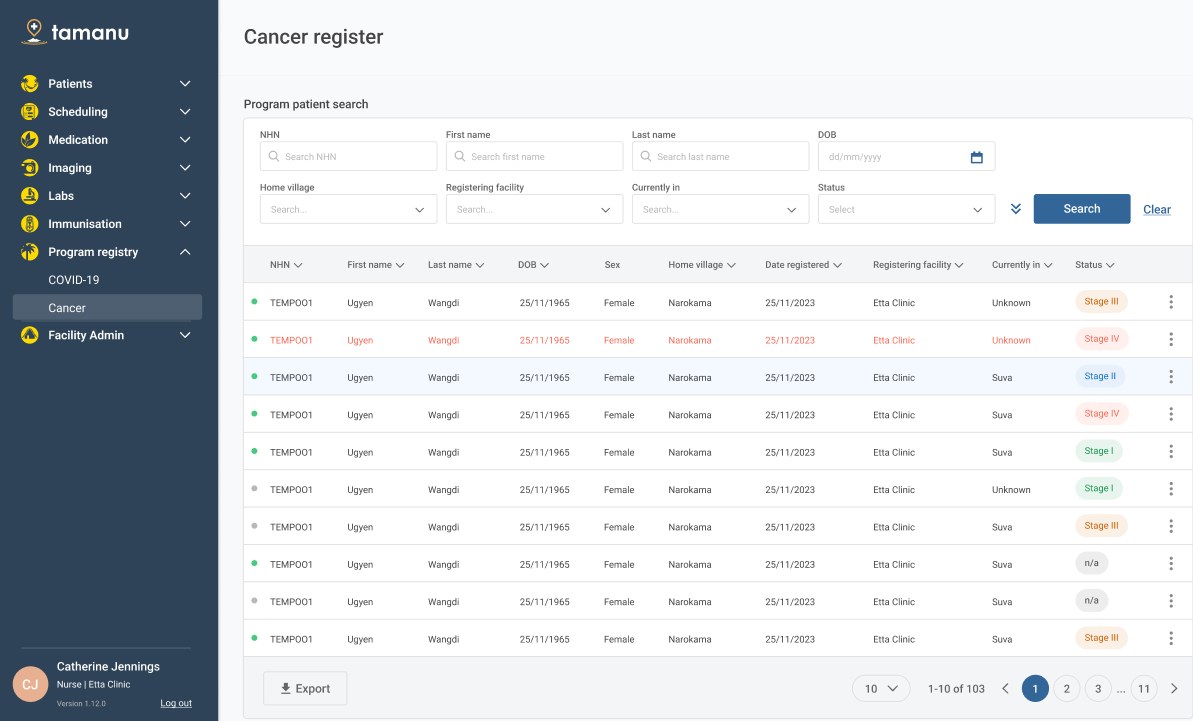
Looking forward
The Spring 2025 super release represents our commitment to continuous improvement based on real-world healthcare needs. These six major enhancements—from sophisticated program registry management and intelligent duplicate detection to seamless clinical documentation, comprehensive medication management, advanced patient charting, and robust audit trails—work together to create a more efficient, accurate, and compliant healthcare information system.
As healthcare continues to evolve, Tamanu remains dedicated to providing the tools and capabilities that enable healthcare organizations to deliver exceptional patient care while maintaining the highest standards of data integrity, clinical efficiency, and regulatory compliance.
Later in 2025? Look out for our new patient portal, launching in Q4, 2025. The patienr portal will give patients greater access to their healthcare record as they move throughout the systems and across their lives. We will also be introducing our new AI tool, ‘Atamai’, which will allow users to query data using plain language requests. Keep your eyes out – it’s going to be incredible.
We encourage all users to explore these new features and provide feedback as we continue to refine and enhance the Tamanu platform. Your insights and experiences are invaluable in shaping the future of healthcare information management in our region.
